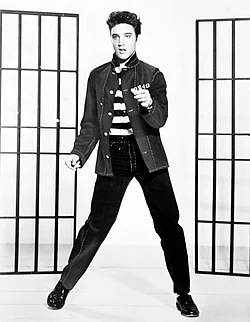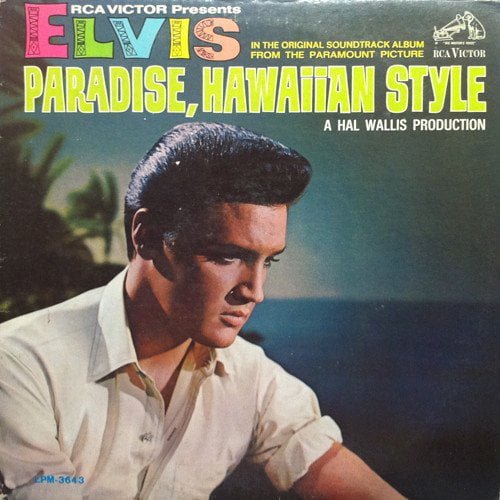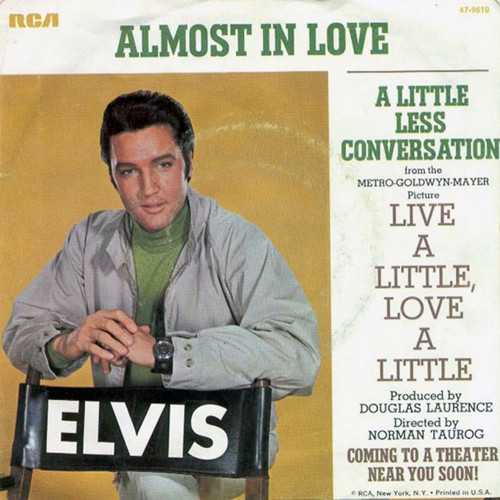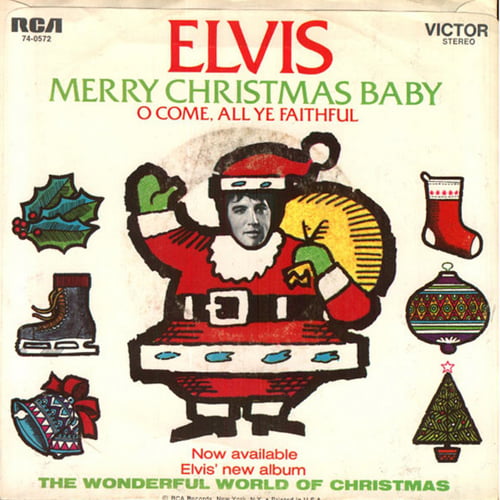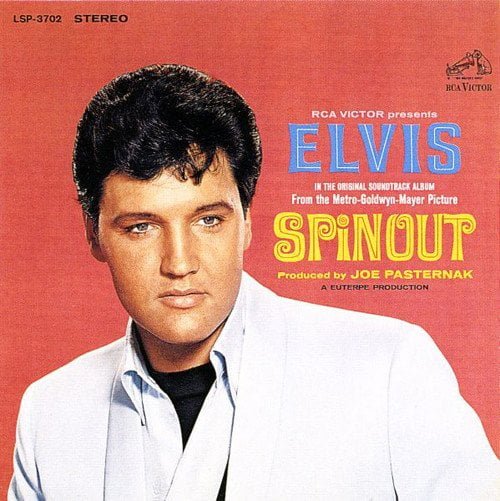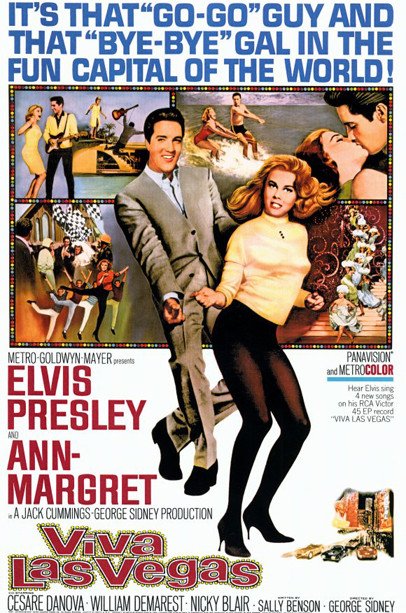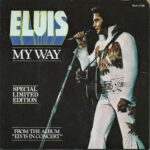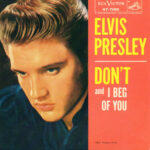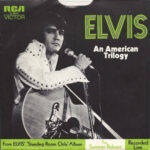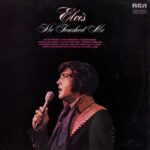“Sun 209: an improvised afternoon in Memphis, a bold DJ, and a 45 rpm that changed popular music forever”
Introduction
In the summer of 1954, a 19-year-old truck driver walked into a small Memphis studio and—without knowing it—helped redefine twentieth-century music. Elvis Presley, together with Scotty Moore and Bill Black, transformed Arthur “Big Boy” Crudup’s blues and Bill Monroe’s waltz into an urgent, contagious 45 rpm. The result was Sun 209, the record many point to as the ignition point of rock and roll.
The single fused two worlds: “That’s All Right,” a sped-up blues with rockabilly bite, and “Blue Moon of Kentucky,” reimagined from 3/4 to 4/4, with slap upright bass and lead electric guitar front and center. That blend of African-American tradition and Southern country found its catalyst in Sam Phillips’s instincts and in the electricity of a city bubbling with culture.

Technical data (single facts)
- Artist: Elvis Presley (with Scotty Moore and Bill Black)
- Label / Catalog number: Sun Records — Sun 209
- Format: 7″, 45 rpm (also pressed on 78 rpm)
- Recording: Sun Studio (Memphis), July 5, 1954 (“That’s All Right”); July 7, 1954 (“Blue Moon of Kentucky”)
- Commercial release: July 19, 1954
- Producer: Sam Phillips
- Personnel: Elvis Presley (vocals, rhythm guitar), Scotty Moore (lead guitar), Bill Black (upright bass)
- Songwriters: Arthur Crudup (“That’s All Right”), Bill Monroe (“Blue Moon of Kentucky”)
- Approx. durations: “That’s All Right” 1:57; “Blue Moon of Kentucky” 1:57
- Label credit: “Elvis Presley – Scotty and Bill” (as printed on the original Sun label)
The spark: how the recording was born
The July 5, 1954 session began without a clear direction until, during a break, Elvis started fooling around with “That’s All Right” at a brisk tempo. Scotty and Bill jumped in, and Sam Phillips, alert to the energy, asked them to run it again with the tape rolling. The take was captured essentially as a live performance in the room, no drums and on a single track, with Elvis’s youthful voice riding the mic and Scotty’s guitar tracing bright, ringing lines. The next day, the trio applied the same treatment to “Blue Moon of Kentucky,” shifting Monroe’s waltz to a 4/4 pulse that made it the perfect flipside to the revved-up blues.
From studio to radio: the Dewey Phillips effect
Before the record hit stores, Sam Phillips took an acetate to station WHBQ. Dewey Phillips—DJ of Red, Hot & Blue—spun the song on air and played it repeatedly as calls flooded the switchboard. That very night, Elvis went down to the studio for his first live interview. The immediate local demand paved the way for the official release two weeks later.
Reception, sales, and early tours
The single sold around 20,000 copies in short order and became a regional hit in Memphis and across the South, showing up on territorial country charts. Although it did not enter Billboard’s national lists, audience response propelled Elvis to key early stages: the Overton Park Shell in Memphis (July 30, 1954) and, soon after, a string of live radio and stage bookings that packed his schedule.
Musical analysis: two sides, one revolution
- “That’s All Right” accelerates and streamlines Crudup’s blues, pushing the vocal to the edge of natural mic saturation while leaving room for Scotty Moore’s lead guitar to sparkle. The absence of drums gives rhythmic protagonism to Bill Black’s slap upright bass, which acts as the engine.
- “Blue Moon of Kentucky” rewrites the DNA of Monroe’s tune: from melancholy waltz to energetic rockabilly. That reinterpretation—initially met with some hesitation by Monroe—ultimately opened new audiences and royalties; over time he himself adopted a faster approach onstage.
Cultural impact and legacy
The Sun 209 coupling marked a before and after: for many historians it is a prime contender for the “first rock and roll record,” thanks to its stylistic synthesis and performance aesthetic. Decades later, “That’s All Right” was inducted into the Grammy Hall of Fame and regularly appears on lists of the greatest songs of all time. Beyond rankings, the single fixed the trio template (voice/rhythm guitar + lead guitar + upright bass) as the backbone of rockabilly and inaugurated the Sun mythology that would launch Presley, Perkins, Cash, and Jerry Lee Lewis.
Anecdotes and curiosities
- The original Sun 209 label read “Elvis Presley – Scotty and Bill,” reflecting the project’s collective nature.
- The first radio spin of “That’s All Right” caused such excitement that the DJ kept the record looping while he tracked down Elvis for an interview.
- The take of “That’s All Right” is essentially “one piece”: voice and two instruments playing together, no overdubs, capturing the electricity of the moment.
- In 2004, on the 50th anniversary, “That’s All Right” was reissued and reached No. 3 on the UK singles chart, proving its continued relevance to new audiences.
Awards and recognitions
- Grammy Hall of Fame (for the 1954 recording of “That’s All Right”).
- Steady presence in historical lists (e.g., Rolling Stone rankings of twentieth-century songs).
- Longstanding critical consensus as a foundational record of rock and roll and a cornerstone of the Sun sound.
Conclusion
That’s All Right / Blue Moon of Kentucky (1954) isn’t just Elvis’s debut single: it’s the birth certificate of a way of singing and playing that reordered popular culture. The mix of youthful intuition, studio craft, and editorial audacity turned two songs by others into a new language. Hearing it today is returning to the zero minute of a sonic revolution that still resonates.
Why should you listen today?
Because in under four minutes you understand how and why rock and roll was born: spontaneity, cross-pollinated traditions, and a performance that turns technique into pure emotion.
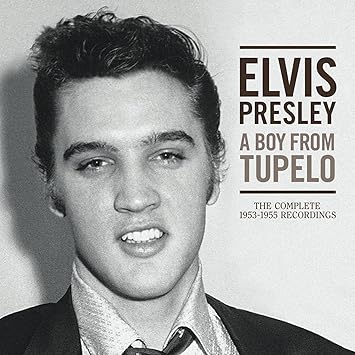
Access the Complete Discography of Elvis Presley in the following link of Elvis Radio 24h
https://elvisradio24h.com/tag/discography/ TCB
